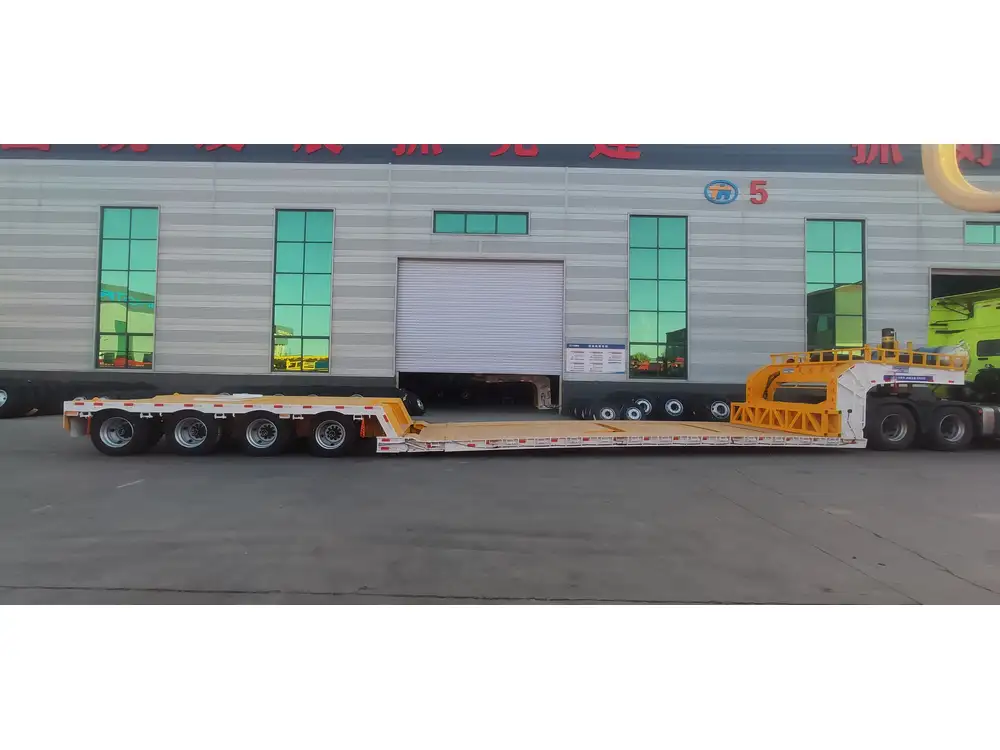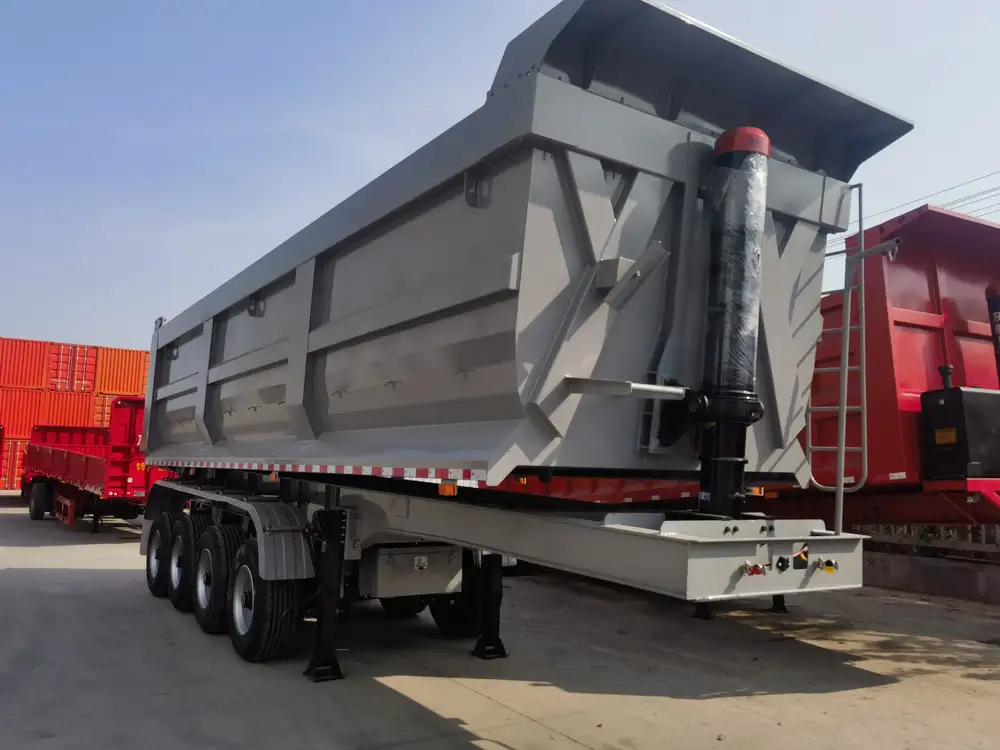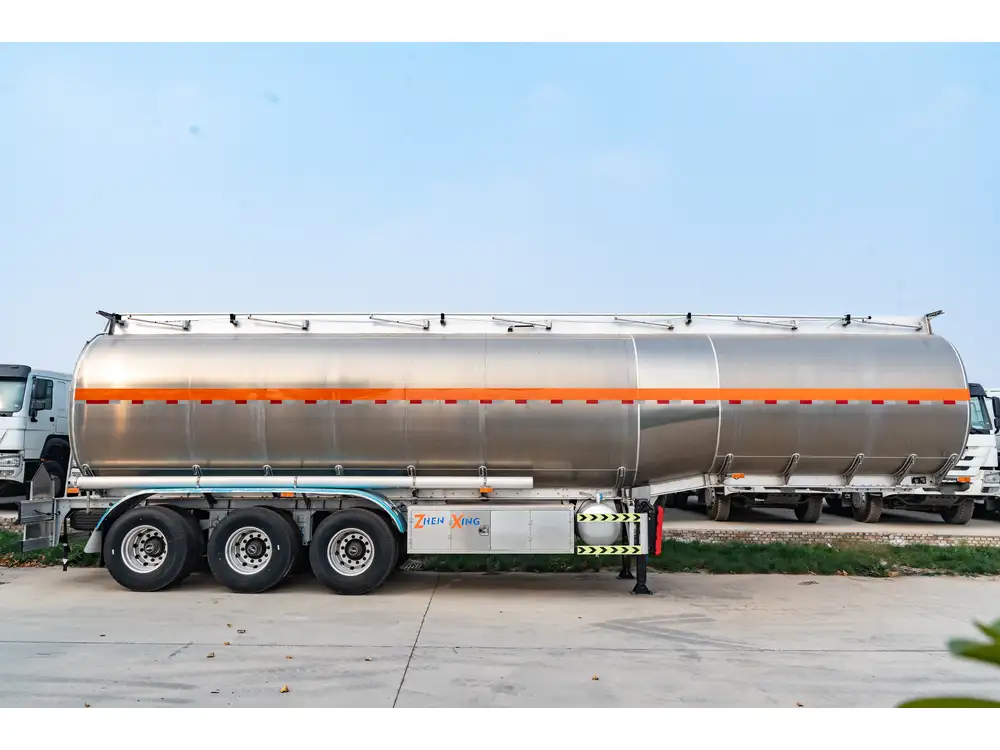Transporting heavy machinery such as tractor attachments requires careful planning, the right equipment, and an understanding of safety protocols. Proper loading techniques are essential not only for ensuring the safe transport of your equipment but also for maintaining the integrity of the trailer and the attachment itself. This comprehensive guide outlines the best practices for lifting and securing tractor attachments onto flatbed trailers, enhancing safety and efficiency throughout the process.
Understanding the Equipment
Types of Tractor Attachments
Tractor attachments come in various shapes and sizes, and understanding this can significantly influence your loading technique. Common types of tractor attachments include:
| Attachment Type | Weight (approx.) | Common Uses |
|---|---|---|
| Loader Bucket | 500 – 2,500 lbs | Excavating and loading materials |
| Backhoe | 1,500 – 8,000 lbs | Digging and trenching |
| Plow | 300 – 1,000 lbs | Snow removal and tilling |
| Box Blade | 400 – 1,500 lbs | Leveling and grading |
| Ripper | 500 – 1,500 lbs | Break up soil |

Choosing the Right Flatbed Trailer
Selecting the correct flatbed trailer is crucial for proper loading and transport. Consider the following factors when choosing a trailer:
- Weight Capacity: Ensure the trailer can handle the weight of the attachment.
- Length and Width: The dimensions must accommodate the attachment’s size.
- Material: Steel trailers offer high strength and durability, while aluminum trailers provide a lighter option.
Preparation Steps Before Loading
Inspect Your Equipment
Before loading begins, perform a thorough inspection of both the tractor attachment and the flatbed trailer. Look for any visible damages, leaks, or wear and tear. Key areas to check include:
- Connections and pins of the tractor attachment
- Tires and brakes of the trailer
- Bed of the trailer for structural integrity

Gather Necessary Tools and Equipment
Having the right tools on hand facilitates a safer and more efficient loading process. Assemble the following items:
- Ramps: Suitable for bridging the gap between the ground and the trailer.
- Tie-down straps: To securely fasten the attachment during transport.
- Forklift or Loader: If available, these can help lift heavier attachments safely.
- Safety Gear: Hard hats, gloves, and steel-toed boots.
Step-by-Step Guide to Lifting a Tractor Attachment
Step 1: Position the Equipment
- Align the Tractor: Drive the tractor into position parallel to the trailer, ensuring a clear line for the attachment.
- Identify the Load Point: Determine the most balanced lifting point on the attachment, often near the center of mass.

Step 2: Utilize Ramps for Loading
Using ramps correctly is vital when loading:
- Setup the Ramps: Ensure they are securely attached to both the ground and the trailer’s bed.
- Angle and Stability: The angle should not exceed 20 degrees to prevent slipping. Use rubber mats for additional grip if needed.
Step 3: Lift the Attachment
- Engage the Loader: Gently lower the loader or forklift forks to the ground and move them under the attachment at the designated lift point.
- Lifting the Attachment: Gradually raise the attachment, maintaining awareness of the trailer’s edge to prevent overshooting.
- Check Leveling: Ensure the attachment is level during lifting, adjusting as necessary.
Step 4: Move Onto the Trailer
- Drive Slowly: Move the loader towards the flatbed trailer, maintaining a steady, slow pace.
- Center the Load: As you drive onto the trailer, keep the attachment centered to maintain stability.
- Complete the Lift: Once over the trailer, carefully lower the attachment onto the bed, ensuring it is positioned towards the front axle for balanced weight distribution.

Securing the Attachment
Once the tractor attachment is safely loaded, securing it is critical to ensure it remains stable during transportation.
Best Practices for Securing
- Use Tie-Down Straps: Employ at least four heavy-duty tie-down straps. Here’s a simple guide:
- Two straps should go diagonally across the attachment.
- Two additional straps should secure the front and back.
- Check Tension: Tighten the straps to eliminate slack, ensuring the attachment is firmly held in place.
- Regular Inspection: During transport, stop periodically to check strap tension and the integrity of both the trailer and attachment.
Safety Considerations

Personal Protective Equipment (PPE)
While loading, maintaining safety is paramount. Ensure all personnel involved are equipped with appropriate PPE, including:
- Hard Hats: Protect against falling objects.
- Gloves: Enhance grip and protect hands from sharp edges.
- Steel-Toed Boots: Essential for protecting feet from heavy machinery.
Communication
Clear communication among all involved parties is critical. Implement safety protocols such as:
- Hand signals to indicate movements.
- Verbal communication to ensure everyone is aware of the process.
Emergency Protocols
In case of an emergency, having a plan in place can mitigate risks. Establish protocols that include:
- Designated emergency contact numbers.
- First aid kits easily accessible on the site.
- A clear evacuation route in case of severe accidents.

Summary and Final Tips
Transporting tractor attachments on flatbed trailers demands careful planning and execution. By following the steps outlined in this guide, you can enhance the safety and efficiency of your loading process. Remember to:
- Inspect all equipment thoroughly before loading.
- Use the correct tools and safety gear.
- Communicate effectively with all team members throughout the operation.
- Regularly check the security of the load during transport.
Ensuring that all these aspects are covered will not only protect your valuable equipment but also enhance your operational efficiency. Happy hauling!



